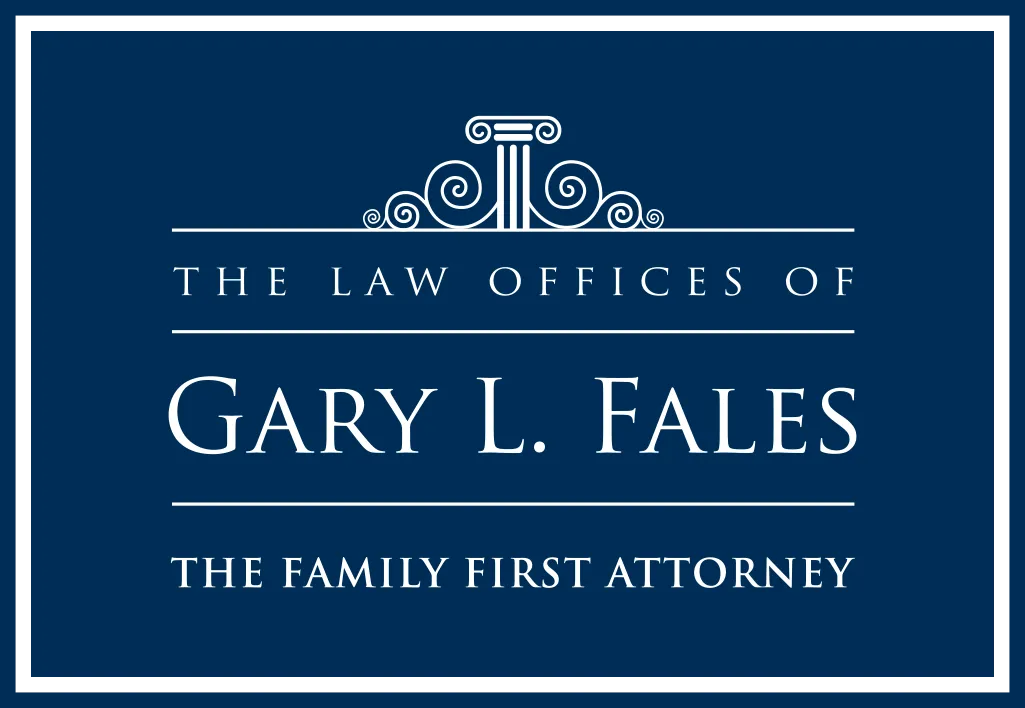Articles

Living Trusts Basics
Trusts are very old types of documents, dating back to the early days of English common law. Fundamentally, they constitute a relationship between three different people:
The grantor. The grantor is also sometimes called the settlor, or the trustor.
The trustee.
The beneficiary.
To understand how a trust works, consider this example told to me during law school, featuring a fictional medieval king.

Kings wanted to protect their castles; you want to protect your home and other assets.
The king has been called to liberate the Holy Land in a crusade! But before he can leave on his adventure, he needs to ensure his affairs are in order. He has a kingdom, a castle, and a family. While he is gone, he can’t protect and manage his estate. So before he leaves, the king grants responsibility of his castle (and everything along with it) to a caretaker, perhaps his son or a trusted advisor. The king, of course, has certain instructions that he gives to his caretaker to make sure the property is managed properly. Everything is set up to benefit the king’s family. The king has essentially set up a trust.
The king has become the grantor.
The caretaker has become the trustee
The king’s family are the beneficiaries.
Of course, this is not exactly how trusts began, but our fictional example is very helpful to understand how they work.
In today’s world, these trust laws have been codified and changed, but the core elements are the same. Instead of kings protecting their castles and telling their advisors how to manage their kingdoms, today ordinary people want to protect their homes and assets, and ensure their possessions are managed properly, especially after they die or are incapacitated.
Types of Trusts
There are two primary categories of trusts: revocable trusts and irrevocable trusts. The difference between the two is in how the grantor sets up the rules for the trustees and the beneficiaries. You can learn more about the differences between them here, but in essence, revocable trusts can be changed, and irrevocable trusts cannot.
There's also two other types of trusts: testamentary trusts and living trusts. A testamentary trust is, quite simply, a trust that’s set up inside of a will. It doesn’t become effective until you die, so it has no effect while you are alive. All testamentary trusts are irrevocable, because once you’ve passed away, you can’t change it. A living trust, then, is a trust that you establish while you're alive, and is intended to be used while you’re alive. These trusts can be revocable or irrevocable. To avoid confusion, the term “living trust” refers specifically to a revocable trust.
Sometimes the term “family trust” is used, but this can become confusing, since family trusts can refer to both revocable and irrevocable trusts. We don’t often use the term “family trust” for this reason.
Of course, there are exceptions to the rules. There are modern laws that allow us to make modifications to irrevocable trusts, particularly in the state of Nevada. But these are exceptions, rather than what you should expect generally.
To Recap:
A trust describes the relationship between a grantor, trustee, and beneficiary.
Trusts that can be changed are called revocable trusts, and are often known as living trusts.
Irrevocable trusts generally cannot be changed after they are created.
How a Living Trust Works
A living trust essentially operates by placing ownership of any assets that are within the trust to the trust itself, rather than being owned directly by the grantor. Because a living trust legally holds title to the assets that have been transferred into it, they are not considered a part of the grantor’s estate, and so they are afforded certain privileges (like avoiding probate, for example).
The Limits Of A Living Trust
Many people believe that a living trust is a form of asset protection. They believe that a living trust can protect their assets against creditors, shield assets from bankruptcy, or avoid taxes. This is false. Because a living trust is
revocable, it can be changed. This makes living trusts an excellent form of estate planning, but nearly useless as a form of asset protection. This isn’t a flaw, it’s just what it’s designed to do. If you are interested in asset protection, you will need an irrevocable trust.
The “Double Probate”
One of the worst estate plans is where some of your assets are inside your trust, but others aren’t. Many lawyers sell living trusts without telling their clients the truth: if your living trust is not updated consistently, your living trust could incur what I call the “double probate:'' where you pay for the living trust and the legal fees associated with probate. Why would this happen?
There are four reasons why your living trust might become out-of-date.
Laws change. Living trusts are affected by changing laws.
Institutions that would interact with your trust, such as banks or hospitals, can change.
Your life changes.
Legal advice changes.
Laws change all the time and institutions (like banks) and living trusts can actually be harmful if they aren't updated consistently. If the laws change (as they often do), then a living trust may not be applicable to the new laws. Probate will occur anyway!
Even worse, if your living trust isn't updated to reflect your life, there can be serious problems. For example, you'll want to update your trust as you get new family members, such as new in-laws or grandchildren. Or you might want to update your trust if one of your children goes through a divorce. There are lots of situations which would make your trust out-of-date.
Most importantly, you must update your living trust with new assets as you acquire them. The worst possible estate plan is where some assets are in your living trust, but other assets are not. If that happens, then both probate and trust administration could be triggered - the worst of both worlds. This could be called the “double probate,” because you pay legal fees to have a trust drafted and you pay for the probate.
Many lawyers make money from people by setting up living trusts, but not by maintaining them. They'll then get paid if the trust is unsuccessful in preventing probate. So you'll have to pay for both the trust and probate!
None of this is to say that living trusts are bad, or will never help you avoid probate - when they're properly created and maintained, they absolutely can. But it is important that when you decide to buy a living trust, you are aware of these issues and know that it must be consistently maintained.
Properly Fund a Living Trust
When a living trust is created, assets must be transferred into it - this is called funding the trust. For the trust to effectively prevent probate, the trust must be properly funded.
What You Should Fund To Your Trust
All forms of real property or real estate should be transferred into a living trust. You might make a distinction between your primary residence and rental properties, for example, but the law makes no such distinction. All property will trigger probate, regardless of value!
Generally speaking, businesses, LLCs, and other partnership interests should be funded to a living trust, provided there are no other restrictions on doing so.
Plenty of legal advice will state that life insurance plans do not need to be transferred to a living trust, because money is given to beneficiaries anyway. However, while usually not completely necessary, transferring life insurance beneficiaries to a living trust ensures that money and assets stay within the trust, instead of transferring it out of the safety that the trust provides.
All forms of investment accounts, including stocks and bonds not held in investment accounts, stock options, and other investments, should be included in the living trust.
This is not a comprehensive list of everything that should be included within the trust, but it includes the majority of what most people desire to protect by setting up a living trust.
What You Shouldn’t Fund To Your Trust
It’s worth noting that there are several types of assets that
do not need to be transferred to a living trust for various reasons.
Retirement accounts, such as 401(k)’s, IRAs, 403(b)’s, and certain qualified annuities usually shouldn’t be funded to your living trust, as doing so would likely make those accounts subject to income tax. Retirement plans cannot be transferred into trusts, as they are already in a custodian relationship.
Health savings accounts or medical savings accounts cannot be transferred to living trusts at all, because they already allow money to be spent tax-free on medical expenses. With health savings accounts and retirement accounts, it’s possible to name a living trust as the primary or secondary beneficiary of the account, which means that the funds inside would transfer to the trust upon the death of the grantor.
Vehicles don’t trigger probate in many states, but there are many exceptions to this rule particularly if there is a lien on the vehicle. This includes cars, trucks, motorcycles, aircraft, boats, and even livestock. Therefore, they do not need to be retitled in the name of the trust, which is just as well - a tax often accompanies a vehicle retitling.
Debt is not normally transferred to beneficiaries upon death. The debt will need to be settled, but because this transfer to beneficiaries does not occur, mortgages and other forms of debt do not need to be transferred into a living trust.


